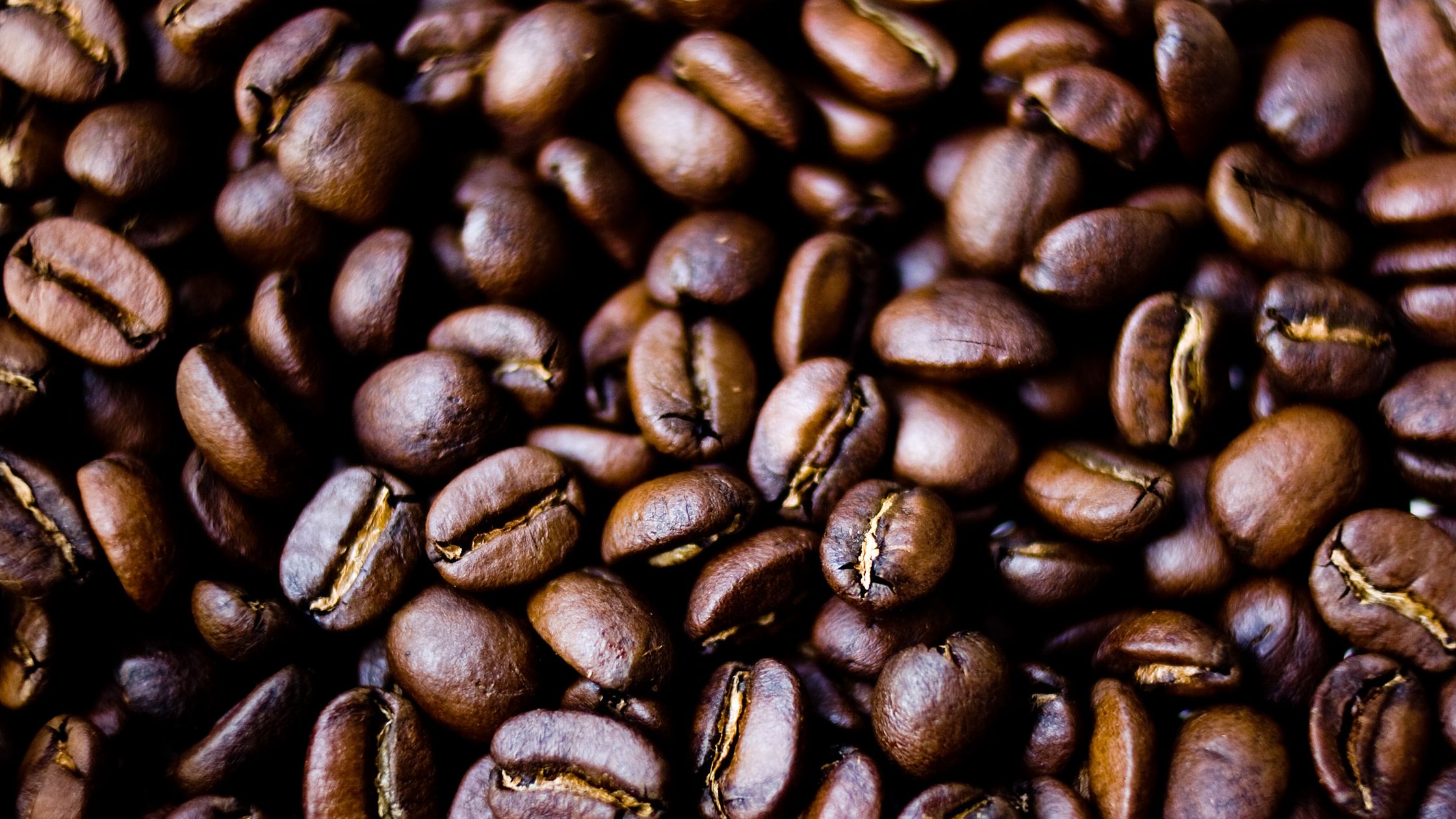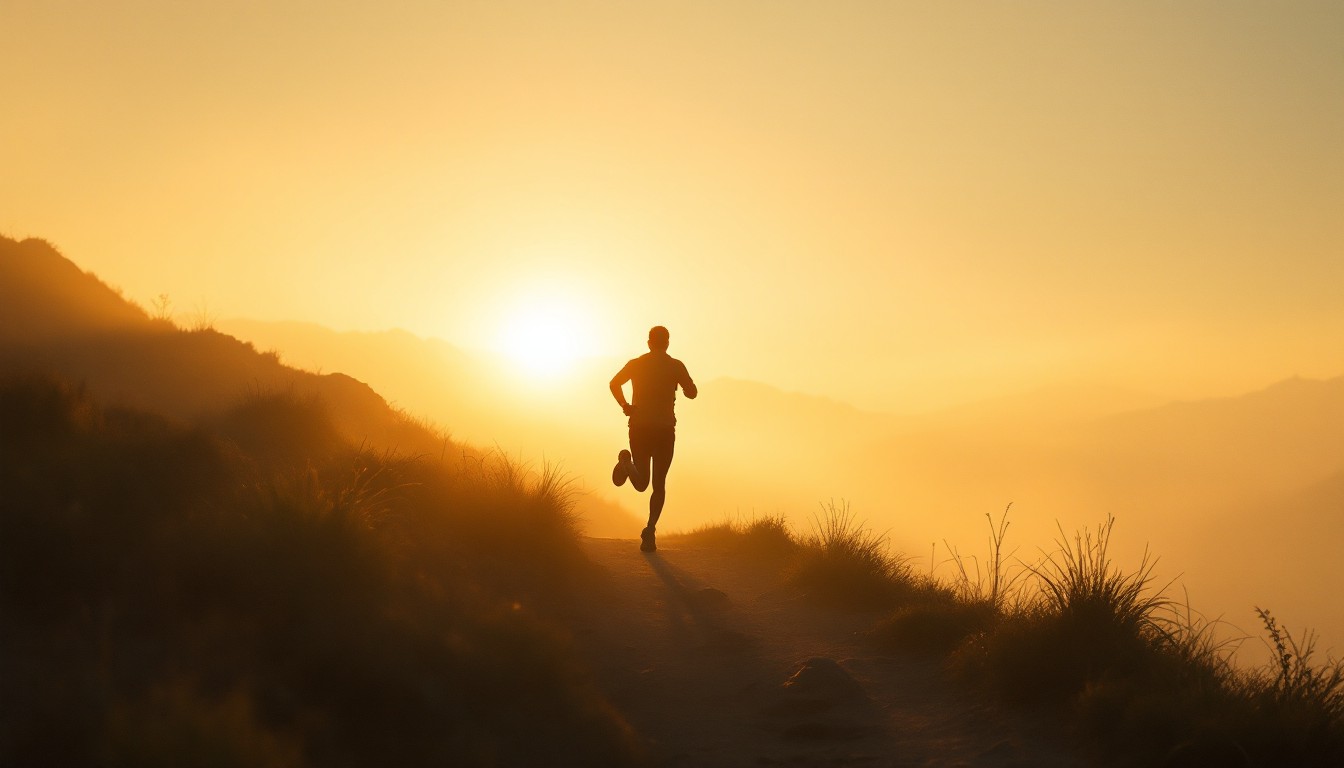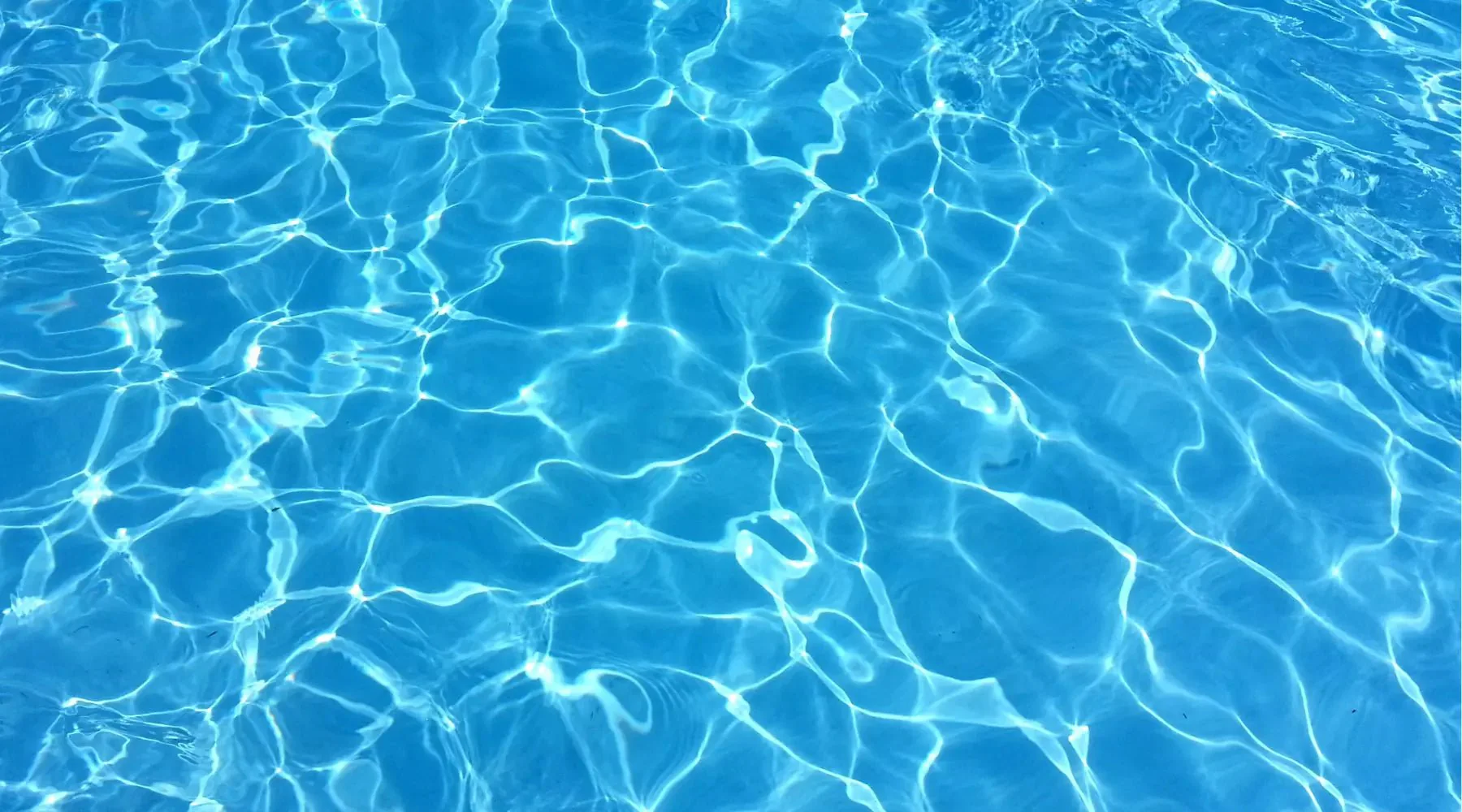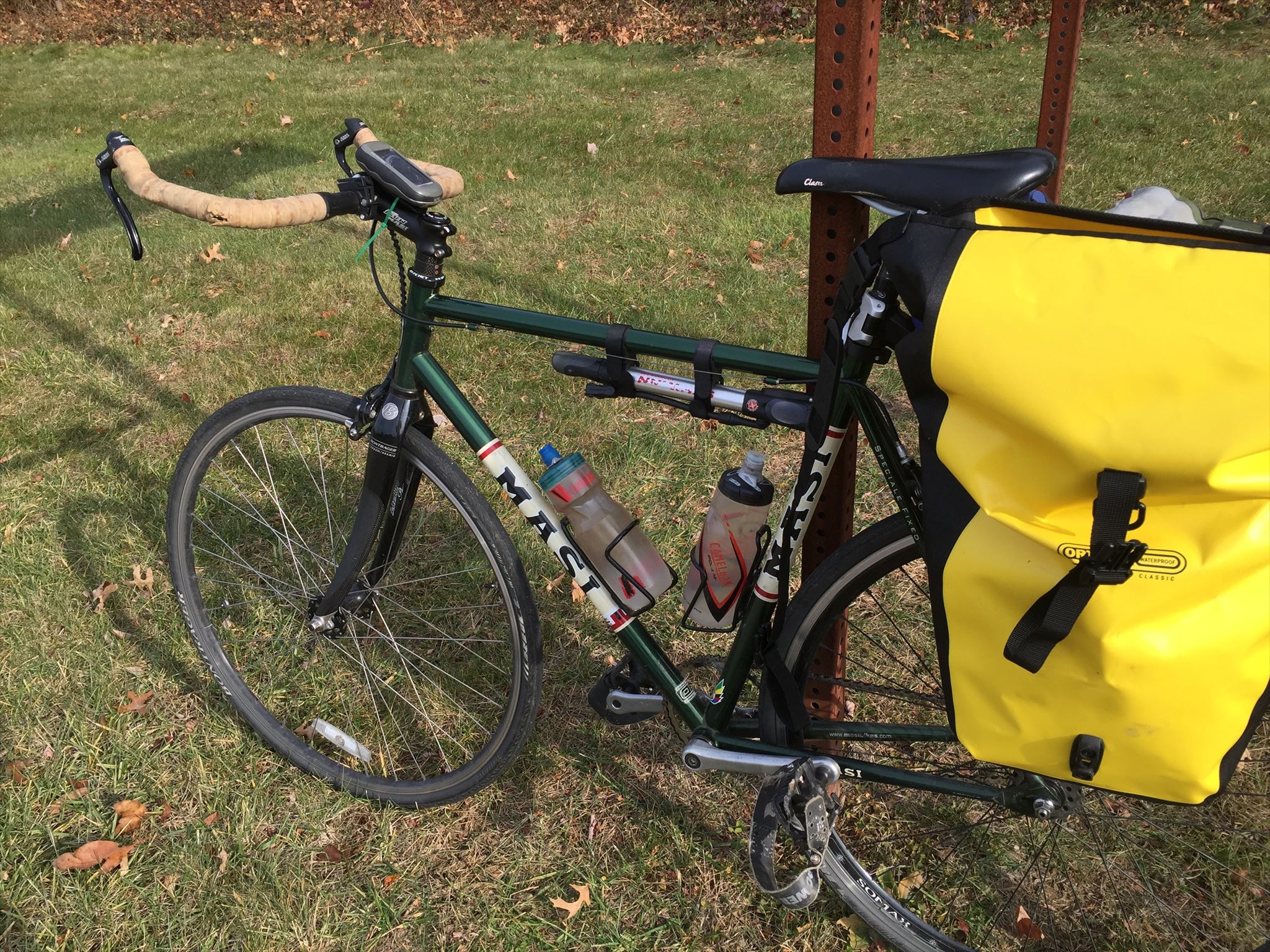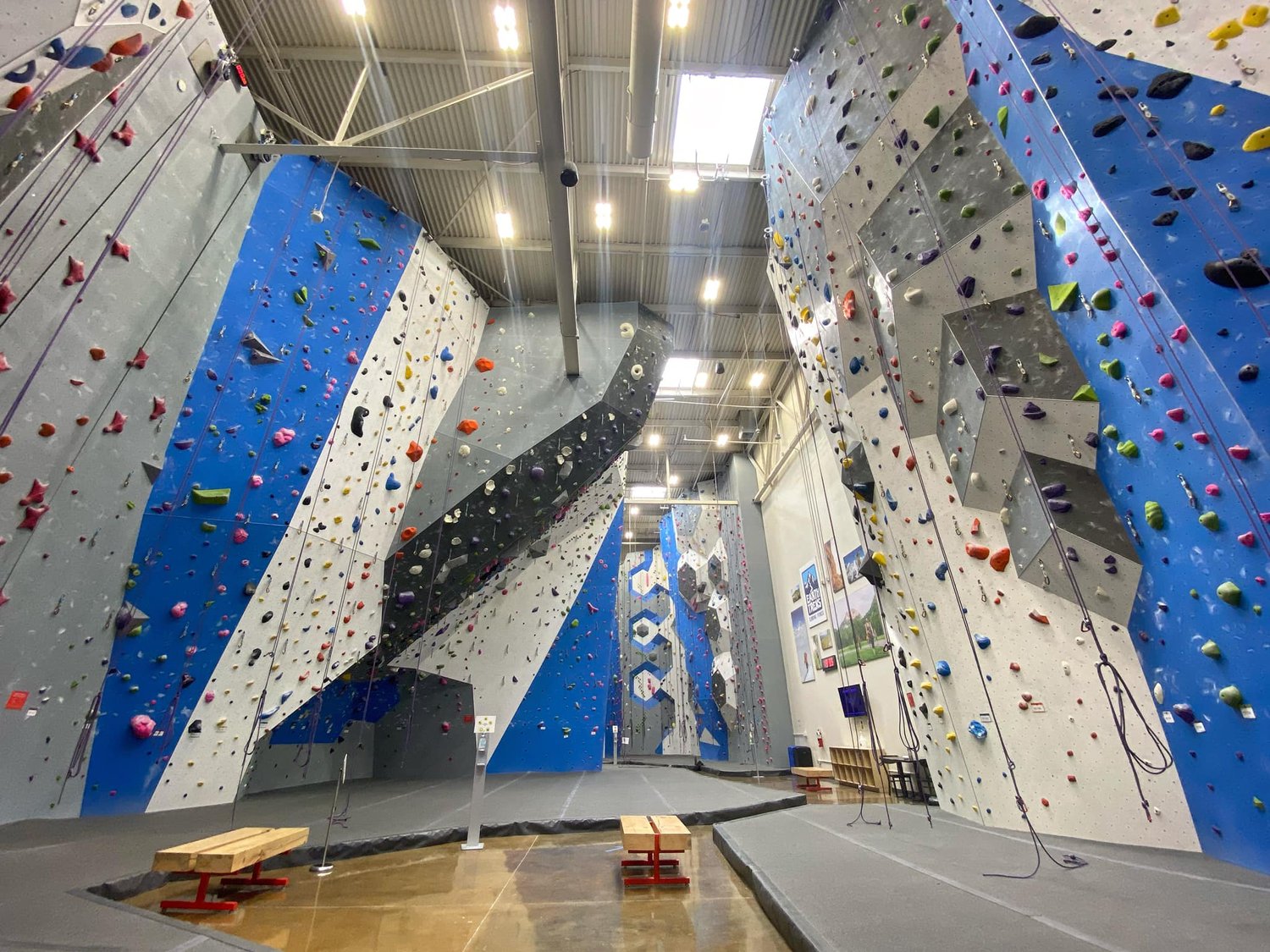I’ve been making a cup of cold brew, using this recipe, almost every day that I’m at home in the afternoon. Somehow, though, my bag of Wellsley Farms pre-ground breakfast blend never seems to run out. I still have a ton of it left. Today, though, I decided to shake things up:
- 15 grams Lost Dog “La Esparanza” medium/medium dark roast blend beans
- JX: 2 rotations minus 6 clicks (54 total clicks or 18 on the grind chart) for a medium to slightly fine grind
- Set AeroPress up in inverted orientation with plunger inserted about 1cm, and add coffee.
- Fill AeroPress to within about 1cm of the top with room temperature, filtered water.
- Start timer and stir vigorously for 1 minute.
- Flip AeroPress and press gently into an 8-ounce tumbler.
- Add a drop or two of stevia and stir.
- Add 2 or 3 ice cubes to chill.
This turned out pretty good. I think I like it a little bit better than the cold brew that I make with the pre-ground coffee, but it does seem slightly stronger. It would probably be fine with 13 to 14 grams of coffee, although I’d need to be careful playing around with the ratio since I’m measuring the water by volume and not weight. I’ve been using the stevia for a while now with this recipe, as I’ve found that I like a tiny hint of sweetness with cold brew. A little definitely goes a long way — a couple of drops is plenty.
Tomorrow, I’m going to try making a hot cup with these beans for the first time in a week or two. I figure I’ve got 9 or 10 cups worth of beans left, so I’ll see if I can get a good, repeatable recipe dialed in before I run out of them.
